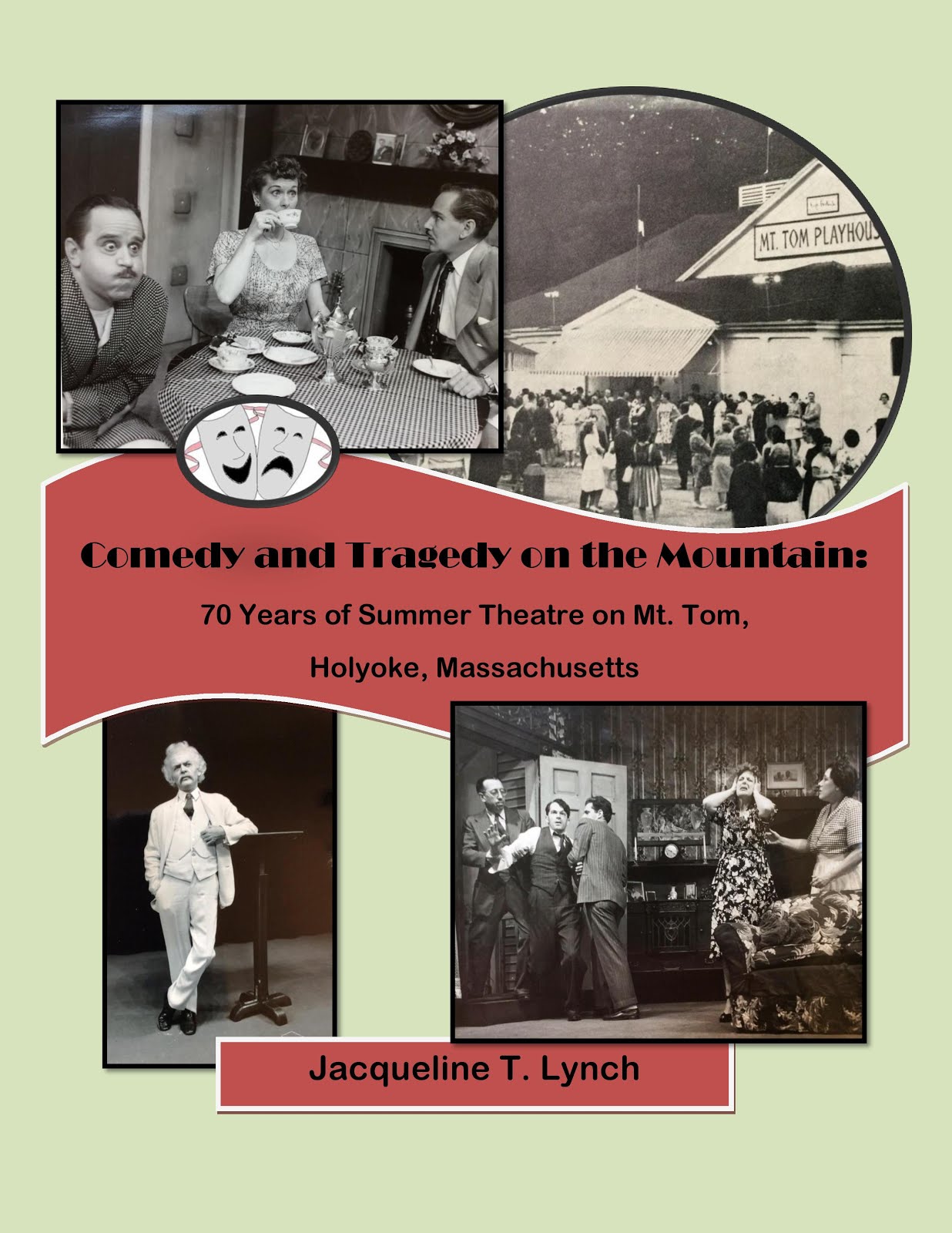
Hammersmith Farm in Newport, Rhode Island, the childhood home of Jacqueline Kennedy Onassis, remains an impressive example of 19th century expression of wealth and social standing, when the lions of industry and society created havens for themselves, a place to get away from it all.
More subdued in style than the goliaths of architecture you’ll find on the Newport Mansions tour, the shingle-style 28-room cottage has the distinction of becoming an icon not of the Gilded Age but of the 1960s. The wedding reception of Jacqueline and John F. Kennedy was held here in 1953. Afterwards, during his presidency, the Victorian mansion was dubbed “the summer White House” by the press as President and Mrs. Kennedy were frequent summertime visitors.
With gardens originally designed by Frederick Law Olmsted, the lawns and meadows stretch to the bay. The dock there had once berthed the Presidential yacht “Honey Fitz.” However, Robert Redford also took advantage of it in the film “The Great Gatsby” (1974). Contrasting with this period of elegant notariety, the 50-acre property was still the last working farm in the city of Newport.
John W. Auchincloss, the great-grandfather of Jacqueline Kennedy's stepfather, Hugh D. Auchincloss, built the house in 1887. At the time this photo was taken, the mansion was open to the public for tours. Having been sold along with many of its original furnishings, the property is now privately owned, and it is now closed to the public.
The image of a young married couple being photographed in their wedding clothes against an expansive lawn bordered by a rustic rail fence is what most people who have not seen the property in person can recall. The former debutante and the former Senator made history, which was still part of the hazy future when their wedding photo was taken. Located on Ocean Drive in Newport, the mansion can still be seen from the road, and it has achieved the privacy which eluded it for so long.
******************
Jacqueline T. Lynch is the author of The Ames Manufacturing Company of Chicopee, Massachusetts - A Northern Factory Town's Perspective on the Civil War;
Comedy and Tragedy on the Mountain: 70 Years of Summer Theatre on Mt. Tom, Holyoke, Massachusetts;
States of Mind: New England; as well as books on classic films and several novels. Her Double V Mysteries series is set in New England in the early 1950s. TO JOIN HER READERS' GROUP - follow this link for a free book as a thank-you for joining.






















